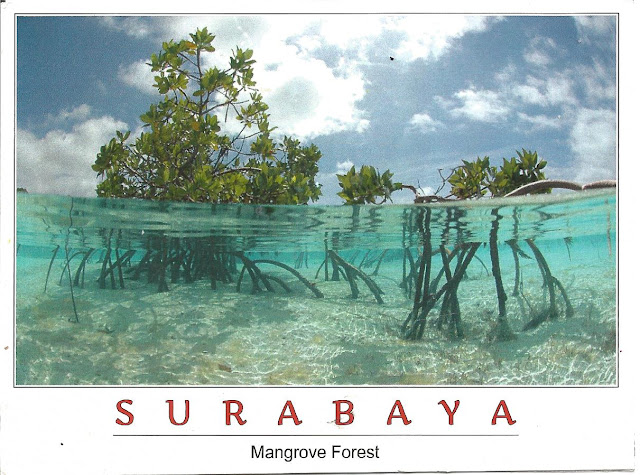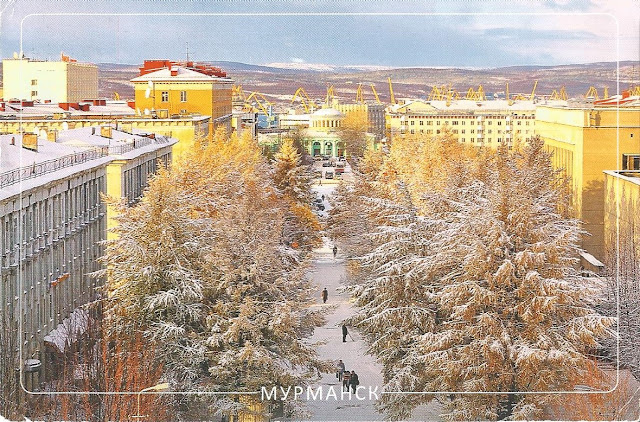The Hain, the main ceremony of the Selk'nam, was celebrated for last time in XX century. It was a rite of initiation for boys and an educative experience based on the belief that in the old days there was a predominance of women. The ceremony of the Klóketen or Hain is the widespread aspect of the cultural life, corresponding to the ritual of initiation of the young men in the tribes from a common territory. The boys of between fourteen and sixteen years were separated of their home to become Klóketen in the maturity through the ceremony. The most important and interesting aspect of the Hain ceremony was the harassment. It became on the boy by terrific representations of spirits and the boy would have to remain full of value. Spirits were performed by actors dressed in disguise to hide their identity and create a permanent atmosphere. Somehow they felt possessed by the spirits they believed to be supernatural. The candidates to be recognised like adults and hunters h...





Comments
Post a Comment